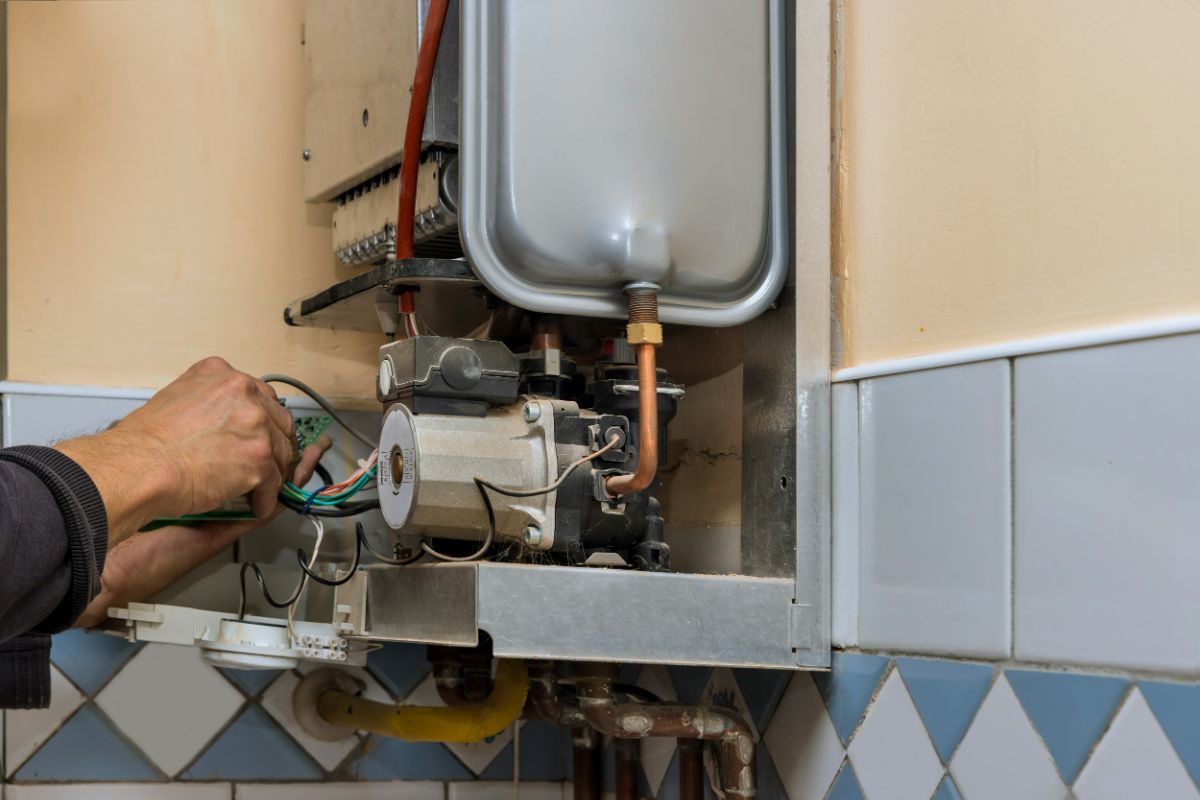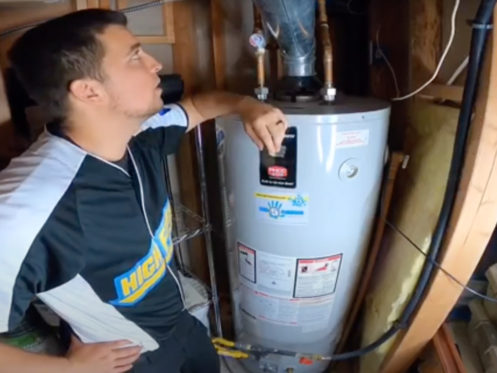Best Practices for Caring for Your Home's Hot Water System
Best Practices for Caring for Your Home's Hot Water System
Blog Article
What're your opinions on How to Maintain Your Water Heater & Prolong its Life?

Hot water is essential for day-to-day convenience, whether it's for a revitalizing shower or cleaning meals. To ensure your warm water system runs successfully and lasts much longer, regular maintenance is vital. This article provides practical suggestions and understandings on exactly how to maintain your home's warm water system to prevent disruptions and costly repair services.
Introduction
Keeping your home's hot water system could appear complicated, but with a few easy steps, you can ensure it runs smoothly for several years to come. This guide covers whatever from recognizing your warm water system to do it yourself upkeep tips and understanding when to call in expert assistance.
Significance of Preserving Your Hot Water System
Routine upkeep not only expands the life expectancy of your hot water system yet likewise guarantees it runs successfully. Ignoring upkeep can result in lowered performance, greater power expenses, and even premature failure of the system.
Indications Your Hot Water System Needs Maintenance
Understanding when your warm water system requires focus can stop major issues. Watch out for signs such as inconsistent water temperature, weird noises from the heating system, or rustic water.
Comprehending Your Hot Water System
Prior to diving right into upkeep tasks, it's practical to recognize the basic elements of your warm water system. Commonly, this consists of the water heater itself, pipes, anode poles, and temperature level controls.
Monthly Maintenance Tasks
Routine regular monthly checks can assist capture minor issues before they intensify.
Purging the Hot Water Heater
Flushing your hot water heater gets rid of debris build-up, improving efficiency and extending its life.
Checking and Changing Anode Rods
Anode poles protect against corrosion inside the tank. Examining and replacing them when worn is crucial.
Inspecting and Adjusting Temperature Settings
Adjusting the temperature settings ensures optimum performance and safety and security.
DIY Tips for Upkeep
You can execute numerous maintenance tasks yourself to maintain your warm water system in top condition.
Checking for Leakages
Regularly evaluate pipelines and links for leakages, as these can cause water damages and greater costs.
Examining Stress Alleviation Valves
Examining the stress safety valve ensures it operates properly and stops extreme pressure accumulation.
Protecting Pipes
Insulating warm water pipelines minimizes warm loss and can conserve energy.
When to Call a Professional
While do it yourself maintenance is advantageous, some problems need specialist competence.
Facility Concerns Needing Professional Aid
Instances include significant leakages, electric problems, or if your hot water heater is continually underperforming.
Routine Professional Upkeep Advantages
Professional maintenance can include detailed examinations, tune-ups, and making sure compliance with safety and security requirements.
Conclusion
Regular upkeep of your home's hot water system is crucial for effectiveness, longevity, and price savings. By adhering to these pointers and understanding when to seek expert help, you can make certain a reputable supply of hot water without unanticipated interruptions.
How to Maintain an Instant Hot Water Heater
Before tinkering with your hot water heater, make sure that it’s not powered on. You also have to turn off the main circuit breaker and shut off the main gas line to prevent accidents. Also turn off the water valves connected to your unit to prevent water from flowing into and out of the appliance. 2. When you’re done, you have to detach the purge valves’ caps. These look like the letter “T†and are situated on either side of the water valves. Doing so will release any pressure that has accumulated inside the valves while at the same time avoid hot water from shooting out and burning your skin. 3. When the purge valves’ caps are removed, you have to connect your hosing lines to the valves. Your unit should have come with three hoses but if it didn’t, you can purchase these things from any hardware or home repair shops. You can also get them from retail stores that sell water heating systems. Read the user’s manual and follow it to complete this task properly. When the hosing lines are connected, open the purge port’s valves. 4. You should never use harsh chemical cleaners or solutions when cleaning your unit. Make use of white vinegar instead. It should be undiluted and you’ll probably use about 2 gallons. 5. Now flush your water heater. This task should probably take about 40 minutes. We can’t give you specific directions for this because the procedure is carried out depending on the type, model and brand of your heater. With that being said, refer to the user’s manual. 6. When you’re done draining the unit, you have to turn off the purge port valves again. Remove the hosing lines that you earlier installed on each of the water valves. Put the valve caps (purge port) back in their respective places and be very careful so as not to damage the rubber discs that are found inside these caps. 7. Now that everything’s back in place, check your user’s manual again to find out how to reactivate your water heating system. 8. Once it is working, turn one of your hot water faucets on just to let air pass through the heater’s water supply pipes. Leave the tap on until water flows smoothly out of it. https://www.orrplumbing.com/blog/2014/september/how-to-maintain-an-instant-hot-water-heater/

We were made aware of that write-up about Tips For Maintaining Your Hot Water Heater from someone on a different blog. Do you know someone else who is occupied with the subject? Be sure promote it. Thank you for taking the time to read it.
Call Today Report this page